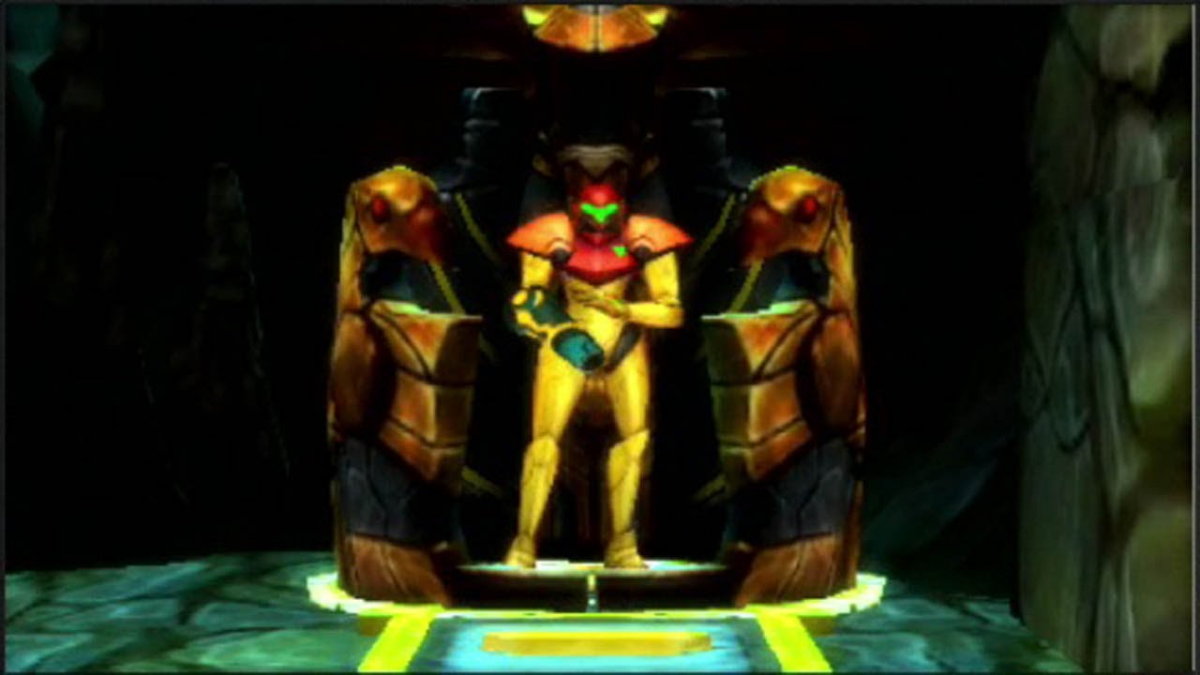MercurySteam and Nintendo collaborated on “Metroid: Samus Returns.” (Courtesy of Nintendo)
Vernon Gibbs
Connector Contributor
“Metroid: Samus Returns” does its predecessor “Metroid II: Return of Samus” justice in this amazing remake. Released on September 15, 2017, the player follows the bounty hunter Samus Aran on her mission to terminate a deadly alien species, the titular Metroids. Armed with only her blaster and her armor, she goes through the depths of the Metroid’s home planet on a side-scrolling, action-adventure journey.
With the level of polish that Nintendo is known for, it is not surprising to see how stunning this game’s visuals are. Each new screen looks different from the last, immersing the player into a world of vicious wildlife and deadly hazards. Despite such an atmosphere, the environment never pulls the player away from whatever they may be doing, and does a stunning job at placing the player in a lonely journey through a strange and unnatural world.
Coming as a remake to a much older game, Samus Returns also comes with new gameplay mechanics. Where the original game has a clunky and frustrating 4-directional aim, players can instead enjoy the remake’s new 360-degree aiming. With a core mechanic in the Metroid series being how you shoot your way through, such a change means everything in the player’s enjoyment.
The Metroid series has a reputation for its challenging gameplay, and that holds up in its latest game. Placed into a variety of situations, the player is tasked with fully understanding and utilizing their growing arsenal of weaponry and equipment, going in an upward spiral as their abilities gain them access to more and more options.
But even when the player thinks things couldn’t get any better for them, the game always finds a way to keep up. Huge credit has to be put towards Arturo Sanchez, the lead in this game’s stellar level design. Each map is cleverly laid out, and the journey between destinations is never a boring one. Indeed, the strongest aspect of Samus Returns is how enjoyable it is to move to and from each individual challenge.
The gameplay mechanics are interesting in of themselves. Each map holds a variety of upgrades for Samus, and can only be completed by using them to their fullest. As you progress through the game, you never feel like your latest upgrade is anything uninteresting. From rolling through narrow passages, to scaling walls, and even flying through caverns, each ability is still relevant and useful all the way through your journey.
That being said, each of these strengths come with inherent weaknesses. Samus Returns focuses heavily on its gameplay, with the story as a result being minimal at best. You could say that this is a good thing, that games such as this simply doesn’t mix well with a focus on its story. However, it cannot be denied that the premise of Metroid is average at best, but this fact can often be overlooked. Samus Returns has a simple and irrelevant story, but the game doesn’t need a story to keep you engaged. The gameplay itself is enough of a story to make up for it, with the player going ever deeper into the planet, and gaining ever stronger powers for fighting ever deadlier monsters.
Regardless of any potential flaws, Samus Returns provides a fun and engaging remaster of its predecessor. A single run can last anybody 10-15 hours, as there’s only so many Metroids for you to hunt down, but the experience will last long after you finish off the last one. Metroid: Samus Returns is a must-have for anyone with a 3DS.
Final Grade: A-




